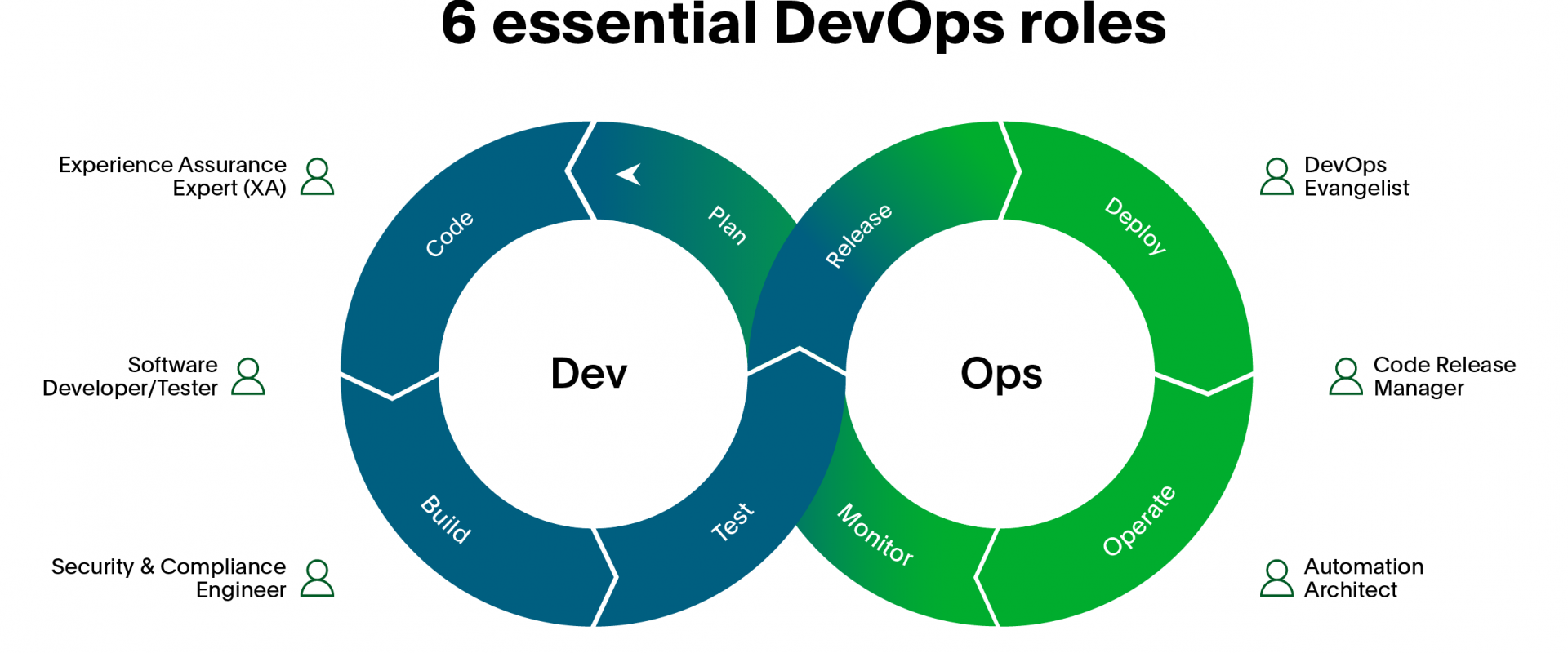7 Reasons Why Companies Should Apply DevOps and CI/CD Practices to Their Data Pipelines

Companies can reduce integration issues, drive collaboration, and accelerate value by extending DevOps and CI/CD practices to the data pipeline.
Agile experimentation is the new standard in the software development landscape. Organizations aim for releasing the best version of their products as quickly as possible. DevOps and principles of continuous integration and continuous delivery/deployment (CI/CD) prepare them for a quick software release while maintaining security, quality, and compliance.
DevOps and CI/CD practices facilitate agile software development. Recently, they have embraced transformative technologies like AI to remove the barrier between development (Dev) and operations (Ops), accelerating deployment cycles and software delivery.
While DevOps is transforming the software development process, it is also becoming an integral part of the company’s data pipeline.
Organizations that have implemented DevOps for software development are also applying the same approach to their data pipeline for data integration. Here are some reasons why that proves beneficial:
<!--[if !supportLists]-->1. <!--[endif]-->Minimize integration issues: Organizations must rely on improved approaches to data integration and data management to facilitate continuous integration and delivery. By integrating data and making it accessible across different departments, the problem of data silos and consequently missed deadlines, delays, and bottlenecks in software development is reduced to a minimum. That, in turn, fosters agility and allows organizations to deliver the value promised to end consumers. In short, modern approaches to data integration enable organizations to create connections in minutes and streamline data exchange across systems, thus increasing agility in business.
<!--[if !supportLists]-->2. <!--[endif]-->Deliver value at speed and scale: AI-powered automation can enable business users to process and analyze data, ensuring better quality and faster release cycles. With CI/CD technologies in place, companies can automate their data pipeline deployment and store reusable components that make teams more productive.
<!--[if !supportLists]-->3. <!--[endif]-->Seamless collaboration: DevOps speeds up releases by allowing teams to work in parallel. Distinct team members can work on the same objects with check-in and check-out options for code. Capabilities like automated feedback mechanisms eliminate friction between different team members like data engineers, integrators, and operators. Developers can iterate faster with real-time feedback, and operations teams can optimize operational overheads with automation, making it a win-win for all!
<!--[if !supportLists]-->4. <!--[endif]-->Meet enterprise-level service level agreements (SLAs): The quality of production improves through automation. With automated testing at every step, very few errors escape to production, improving SLAs. The DevOps environment, on one hand, enables any data engineer to ingest, integrate, and analyze data streams and ultimately modify the data pipeline. On other hand, it ensures only quality jobs pass through the drill.
<!--[if !supportLists]-->5. <!--[endif]-->Enable monitoring: Companies can rely on an automated alert and response system to troubleshoot and monitor CI/CD pipelines. The developing team can quickly rectify errors or hiccups in the workflow without disturbing the operations teams.
<!--[if !supportLists]-->6. <!--[endif]-->Facilitate experimentation: DevOps enables businesses to foster agile experimentation since it’s easier for companies to roll back to the previous version if the new version fails to work out. The developers can get their hands on next-gen technologies, and the gatekeepers will ensure that the quality doesn’t diminish in the process.
<!--[if !supportLists]-->7. <!--[endif]-->Improve artifact lifecycle management for better quality and reusability: When a company treats its data pipelines like a product, they make attempts to implement multiple stages of the software development cycle including, analysis, design, testing, and evaluation. A continuous feedback mechanism enables both data engineers and DevOps teams to use data for enabling faster insights delivery and ultimately decision-making. As business users leverage modern data integration solutions to create and update objects like mappings, task flows, and more, they can reuse them for driving low-code data integration processes later.
Final Word
Implementing DevOps to enable business teams to support their data pipeline, or in other words, ingest, integrate, and efficiently analyze business data, can be a gamechanger. Not only can it enable organizations to meet SLAs and drive collaboration among teams, but it can also reduce integration issues, monitor CI/CD pipelines, and ultimately deliver value at speed and scale.
Relevant Blogs:
GitOps: What Is It and How Does It Work?
5 Steps To Implement DataOps Within Your Organization
Writing a Jenkins File for Multi Branch Build Pipeline
What Does AIOps Mean for SREs? It’s Complicated
Recent Comments
No comments
Leave a Comment
We will be happy to hear what you think about this post